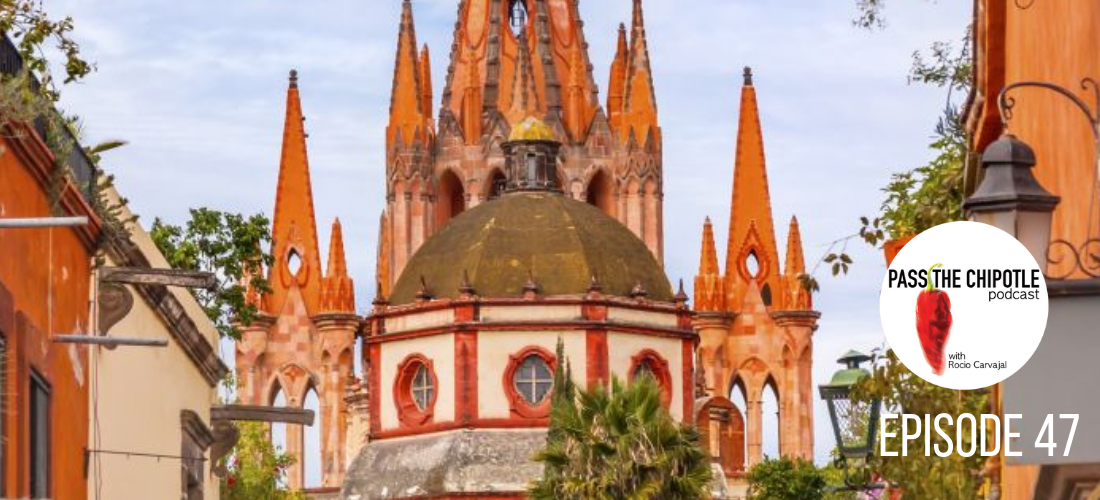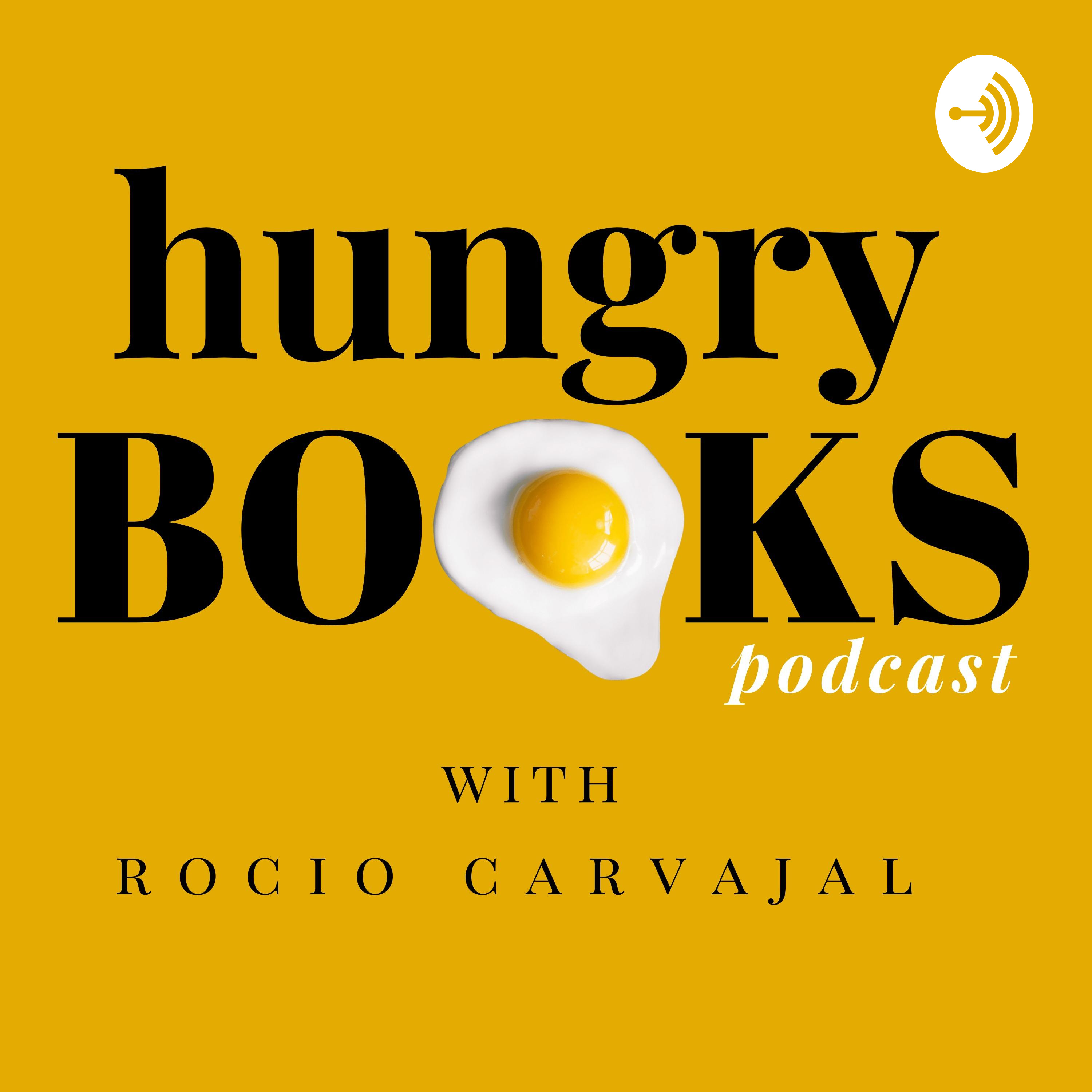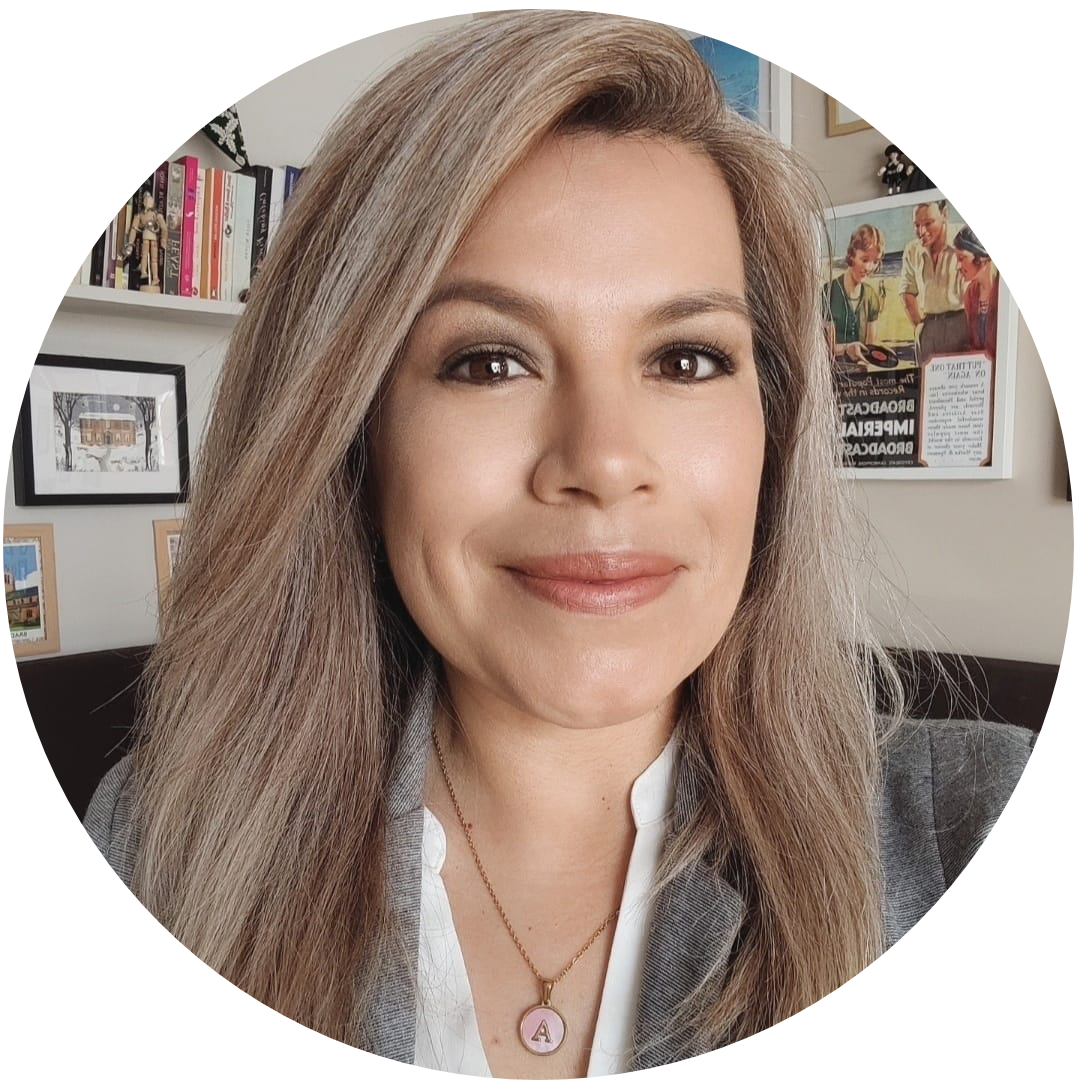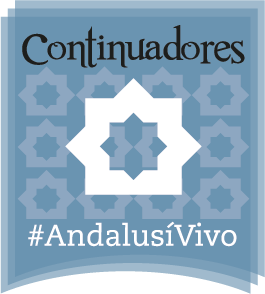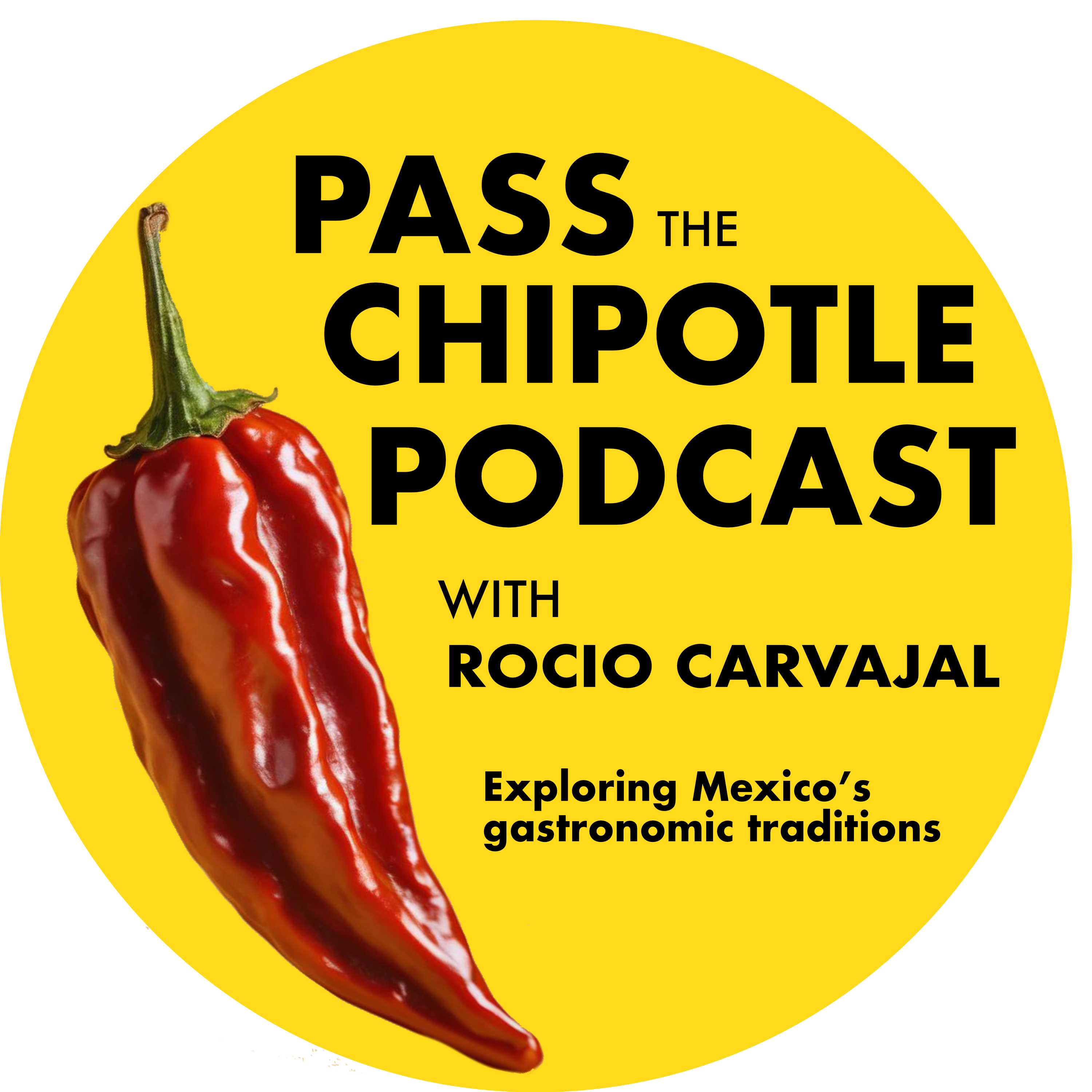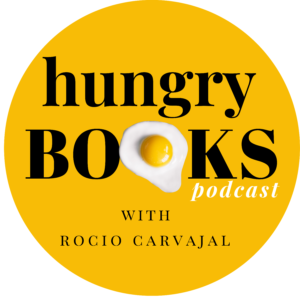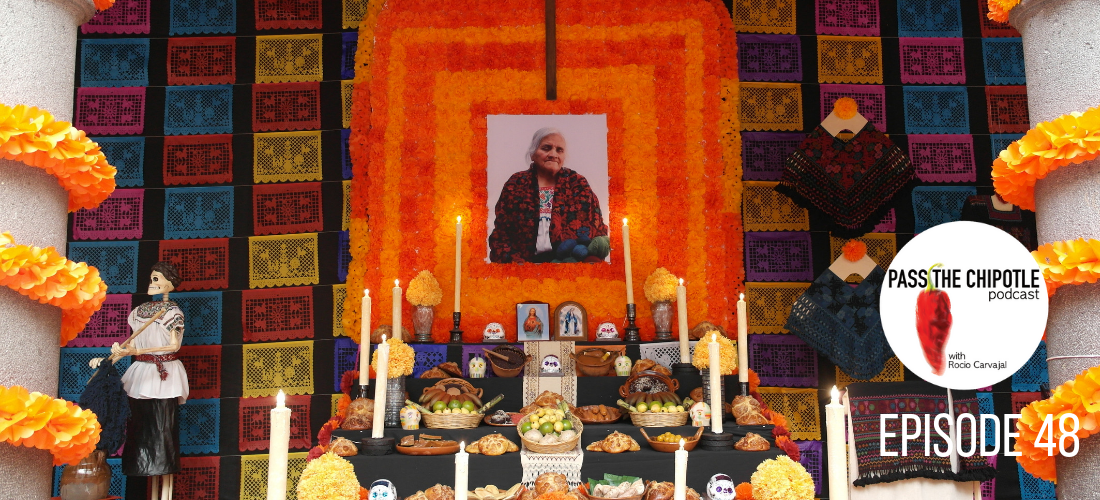
Day of the Dead Ep.48
Presented by: Rocio Carvajal Food history writer, cook and author.
Episode 48
More than any other Mexican tradition, Dia de muertos brings together ancient indigenous and European traditions. This fascinating and culturally significant tradition is listed as UNESCO’s list of intangible cultural heritage of humanity, celebrated in films, songs, poems and folk art.
This episode is an invitation to discover, understand and enjoy the history and meaning of a tradition that helps us find deeper and meaningful ways to reconnect with our ancestors.
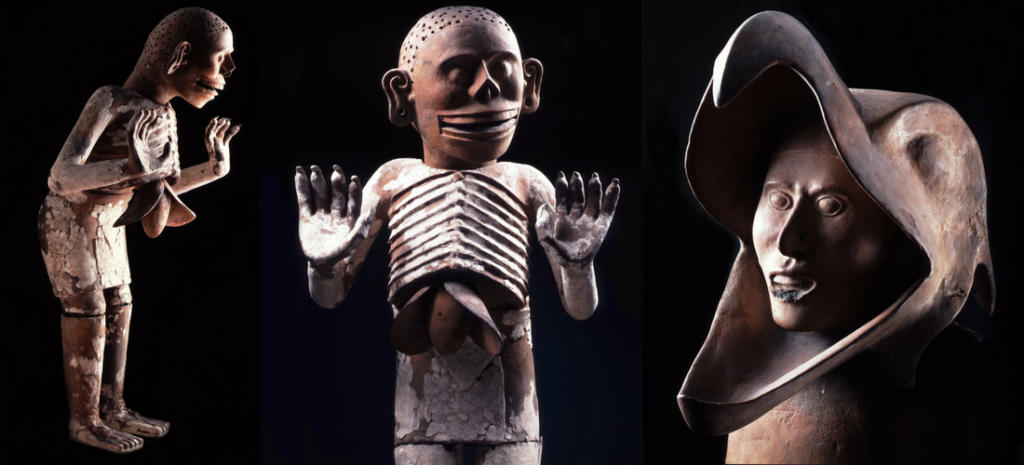
Mictlantecuhtli was the Mexica lord of Mictlan, the underworld. The worship of Mictlantecuhtli sometimes involved ritual cannibalism, with human flesh being consumed in and around the temple, this beautiful sculpture depicting Mictlantecuhtli is part of the Templo Mayor collections and the statue was located at the military compound of the Eagle warriors (depicted right). You can read more about it here.
José Guadalupe Posada (1851–1913) was a Mexican illustrator known for his satirical and politically acute Calaveras. Deriving from the Spanish word for ‘skulls’, these Calaveras were illustrations featuring skeletons which would, after Posada’s death, become closely associated with the Mexican holiday Día de Los Muertos, the Day of the Dead.
Read more about it here.
This episode features “God never dies” interpreted by Pedro Infante and “La Llorona” interpreted by Folk singer Susana Harp.
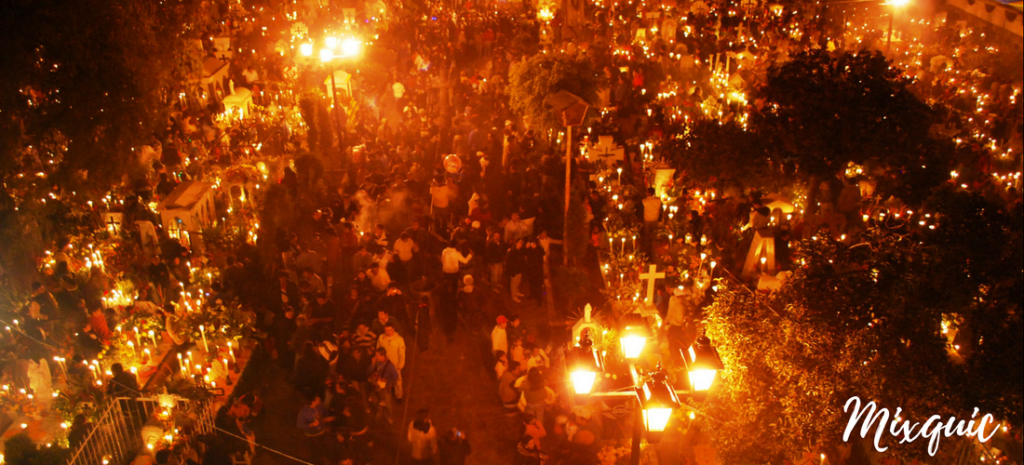
- The town of Mixquic welcomes thousands of visitors that attend this unique celebration, in the cold and misty nights we all become one family and honour friends, family and strangers alike, read more about it here.
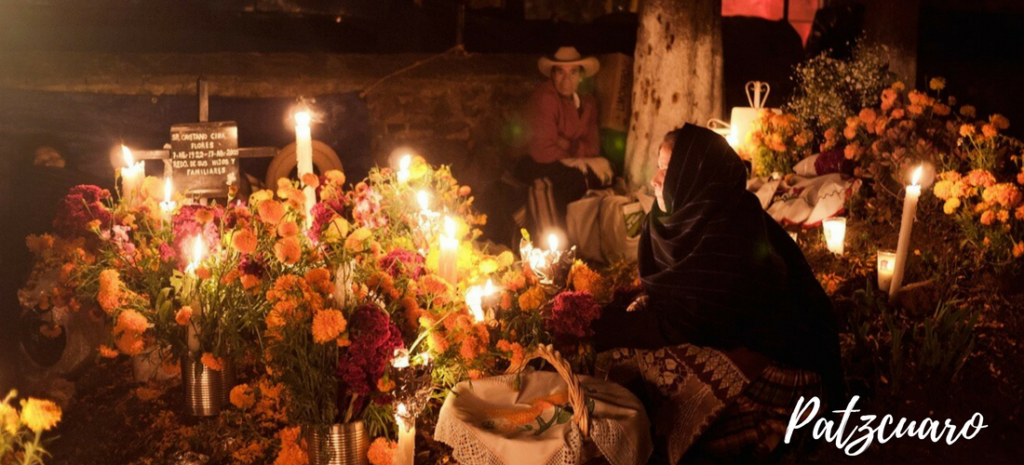
- Read More about the magnificent celebrations of Dia de Muertos in Patzcuaro, Michoacan here. Please note that the original article is in Spanish but you can use google translate to read in English.
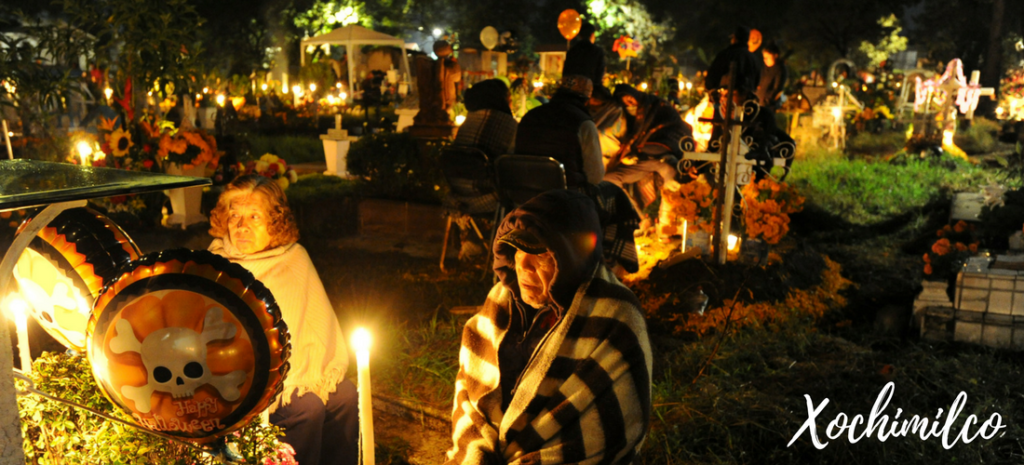
- Read more about Dia de Muertos in Xochimilco here.
- It’s official! After the worldwide furore that the 007 film Spectre caused, Mexico city made official the annual Dia de Muertos carnival. Read more about it here.



